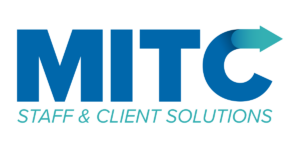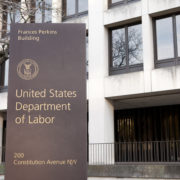Fair Scheduling Trend Could Spell Trouble for Providers
In recent months and years, retention and rising payroll costs have been a major concern for providers. However, fair scheduling legislation is gaining steam in cities and states across the country, and could soon be an equal issue — potentially making matters more complex.
Fair scheduling legislation varies across the country, but generally, the rules mandate employees must receive:
- Set work schedules a certain number of days in advance
- A certain number of rest hours in between shifts
If employers don’t meet requirements, they must pay workers a premium rate. This stipulation could be very difficult for providers to manage in HCBS programs where clients set their own schedule, or in group homes where staff call off at the last minute and a replacement has to provided
In California, workers who earn the minimum wage per hour are entitled to additional pay known as a “split shift premium” when their schedule includes a split shift. The premium is equal to one hour of pay at the rate of the minimum wage. An employee who is paid more than minimum wage may also be due a split shift premium, however, the greater the wage the lower the premium will be.
In some states and cities with fair scheduling laws, the rules only apply to certain industries, such as retail, hospitality, and food services. Some examples include the state of Oregon, along with the cities of San Francisco and Seattle. Vermont includes providers in fair scheduling laws.
In Chicago, a fair scheduling ordinance is being considered that casts a wide net. If passed, it would require employers to give their staff a written notice of their schedules two weeks in advance, and require workers at least 11 hours of time off between shifts. Schedule changes, or inability to meet these requirements, would require employers to pay workers premiums.
mySchedules includes software to comply with FAST (Fatigue Avoidance Scheduling Tool) developed by the US Army and deployed by the federal government. To learn more about mySchedules, download the fact sheet


 2018 MITC
2018 MITC